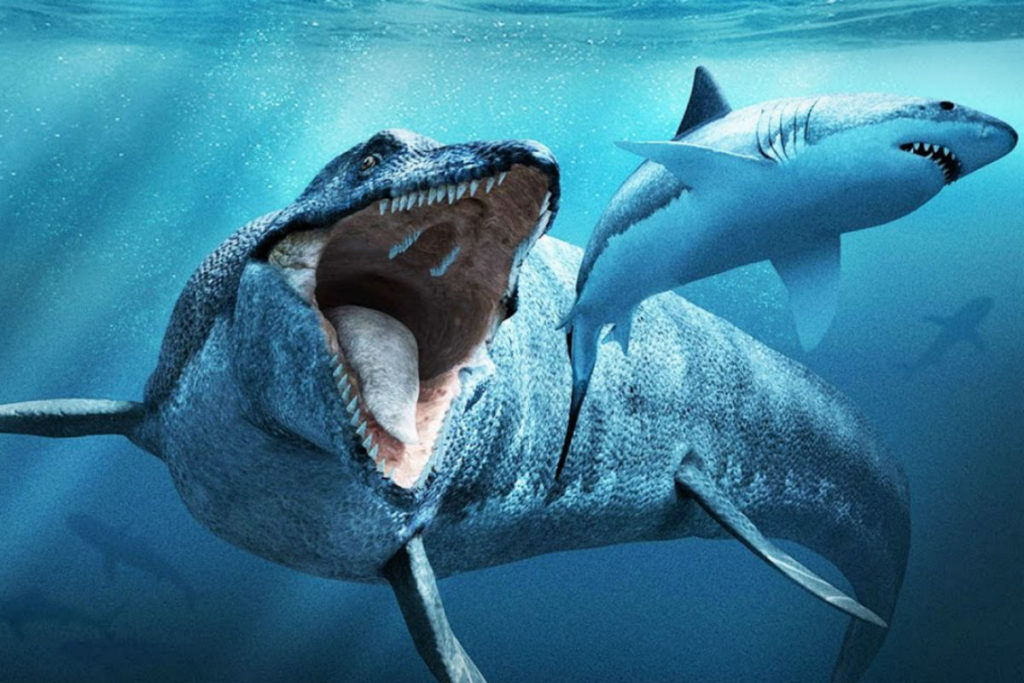RIO DE JANEIRO, BRAZIL – The seven-year study of fossil remains found in 2014 has allowed researchers to identify the third type of mosasaur that inhabited Chile 66 million years ago, the mosasaurine, which joins the already known halisaurines and tylosaurines.
The fossil, corresponding to a vertebra, was discovered during a campaign in Quiriquina Island, in the Bíobío region (center-south), informed a press release by the University of Chile, to whose Paleontological Network belongs the researcher who led the discovery, Rodrigo Otero.
Read also: Check out our coverage on Chile
The record of mosasaurs in Chile is scarce. It is restricted to the Maastrichtian, an age corresponding to the end of the Cretaceous Period, between 66 and 72 million years ago. Until now, the presence of no more than 10 very fragmentary specimens of these marine reptiles belonging to two groups was known: halisaurines and tylosaurines.

Now, the range opens up to a third group, the mosasaurines, but the lack of other skeletal elements, for now, prevents determining which species it is in particular. However, according to Otero, the specimen shows common features with mosasaurines such as Clidastes and Moanasaurus.
The researcher explained that the remains come from rocks about 66 million years old, shortly before the mass extinction event that wiped out the large non-avian dinosaurs, corresponding to a vertebra isolated from the tail, where a sort of caudal fin begins to form.
“It is difficult to be sure of the individual age of this mosasaur with a single vertebra. However, the transverse processes, the hemal and caudal pedicels are all well fused to the center, which together suggests it belongs to an adult,” Otero said.
“The size of this specimen is also difficult to estimate. The vertebra is 3.25 cm long, which roughly suggests a skull of about 50 or 60 cm, and – consequently – the body could have reached about 4 to 5 meters in length,” he continued.
The piece was found in a type of rock known as “tempestite”, formed by accumulating sediments and organic remains due to high energy tides.
“These deposits carry various organisms that inhabited the shallow marine platform. Thus, we know that this mosasaurine coexisted with plesiosaurs similar to Aristonectes, with turtles of the genus Euclastes, and with a diversity of sharks, rays, and chimeras,” Otero commented.
In South America, to date, there are records of this group of mosasaurs in the Upper Cretaceous only in Argentina, so the finding represents the first of its kind in the southeastern Pacific.

